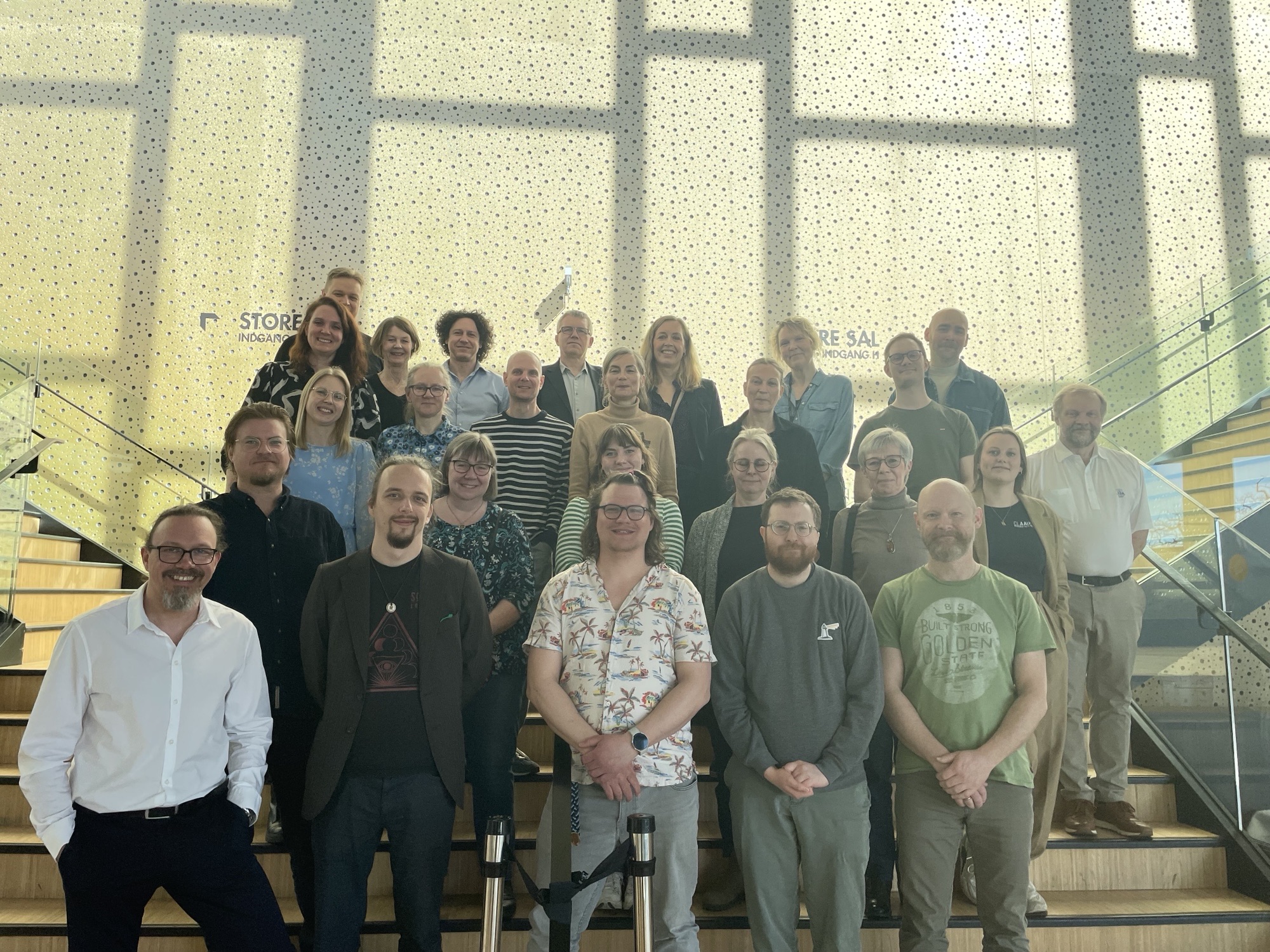Project framework
The case is not based on a single project as such, but various research outputs that involves the use of the Caenorhabditis elegans worm. It’s a very narrow and specific use case, and no specific conclusions can be drawn from this example to be generalised.
Knowledge of FAIR prior to case engagement
No knowledge, but lot of experience in data handling.
When was tools used working towards FAIR in the case
The case is connected to a lifecycle that spans from observations on specialized lab equipment, documentation in elabnotebooks over analysis in software environment to contribution to shared knowledge base and possible data publication (dependent on demand from publishers).
Which FAIR tools were used in the case and for what purpose
No tools as such. However, a lot of the talk was cornered around the use of the repository WormBase and it’s role as a shared resource/repository.
What were the main challenges using FAIR in this case
- The use of vendor specific equipment and ditto software tools made interoperability issues a matter of supported formats.
- The culture of the scientific community does not always have an incentive structure that honors the publication of raw and processed data.
- Connect to data lifecycle and project lifecycle.
What were the main benefits using FAIR in this case
- Conversion to standardized file formats can give wider use of the data (if published), and considered more sustainable.
- Better internal documentation of individual data sets if standard metadata schema’s are applied to data.
- Extended use of PID’s and taxonomies for equipment etc. can further enhance the discoverability of data, using e.g. the Resource Identification Portal from HIH.
Key learning points
- Clear mapping between data sets and the elabnotebook is an important consideration when applying the FAIR principles.
- Data portals like Wormbase (which on some levels are FAIR – and normative as the go-to site for such data, being FAIR or not) is highly dependent on the curation work done by the staff, for keeping data enriched (interoperable).
- FAIR should be applied as principles for the data handling in the future, but there is a great need for awareness and training, highlighting the importance of FAIR. Both in relation to reproducibility, storing data etc.
Contact details
For further information on this case contact Karsten Kryger Hansen, kkh@aub.aau.dk



